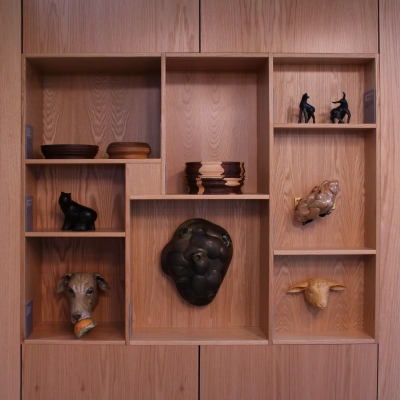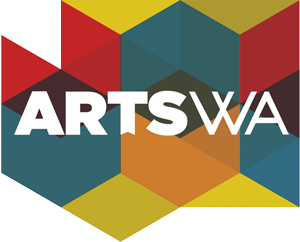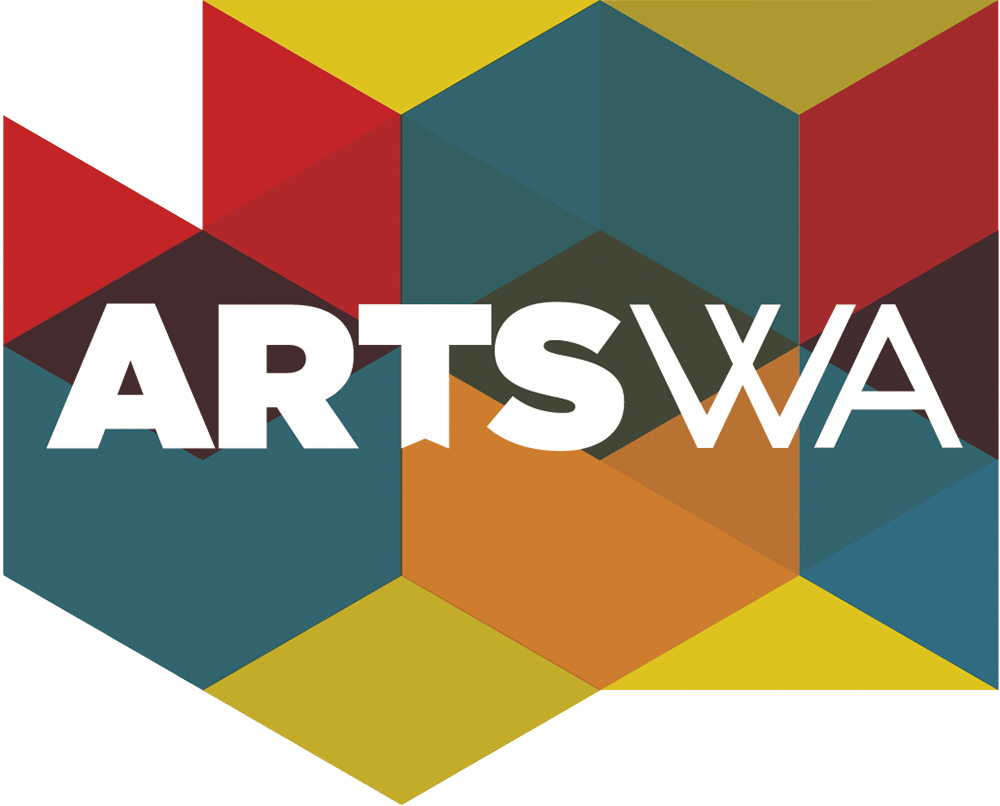Search the Collection:

WA State School for the Blind Curated Collection in Vancouver, curated by Gregg Schlanger, 2023
These artworks are part of a unique curated collection in 2023 for the new LIFTT Residence, at the Washington State School for the Blind in Vancouver, Southwestern Washington.
The LIFTT Residence houses participants to the Life Skills for Today and Tomorrow (LIFTT) program. Residents have a wide range of vision, with varied experiences of sight loss and levels of comfort. All residents are working on a vocational goal, intertwined with skills of adult independence. The LIFTT program is a hugely empowering step for young adults with blindness. They are actively taking on life.
The local Art Selection Committee wanted artworks that celebrate blindness as a strength and reflect the LIFTT program’s positive outlook for the future. They were not interested in art that tries to interpret the visual for those that are blind. Anyone should be able to walk up to these artworks and have a full experience and understanding of it. The committee hopes this project will allow the residents to engage with art in a new way.
“This project encouraged me [the curator, Gregg Schlanger] to question what I knew about art: Accessibility, Multisensory, Visual, Tactile, Scale, and Placement. I selected artworks that are comfortable in the hand. While this is a public space, it is a residence, and the work should be what one might find in a home. The art ranges from representational to non-objective in form and all have a tactile experience.
Three of the eleven artists are blind, adding a genuine perspective of how the blind community experiences art. My selection of artists and artworks were informed by the essay Tactile Art by John Lee Clark, a DeafBlind poet and Protactile instructor who stated, ‘All things living and dead cry out to me / when I touch them.’
The eight residence rooms and the residence assistance room each have art mounted by the door at an accessible height, functioning as wayfinders. Prior to street numbers, buildings were identified with low relief tiles of icons. It is my intention that the rooms become known by the artworks, such as the Mussel Bed room, the Oyster Shell room, etc.
The niche wall, as a large shadow box, has ten accessible artworks, each framed in its own space. Kathleen Guss and Stephen Robison’s ceramic artwork Rattled has a special mount to allow it to be twisted to activate small beads inside, creating a sound element. I enjoy the humor in Crista Ames’ Good Girl Hasbeen with a dog chewing a shoe. The works of blind artists Michael Naranjo and John Furniss offer a stimulating tactile encounter with Michael’s realistic bronze castings and John’s wooden bowls.
You are the best one
in the museum. You don’t
try to be real. You
are wise not to attempt
hair. You have no face.
Your clothes make you. You
were inspired by a youth
famous for pretending to be
a statue. He would die
five years later. But you
are still here. We touch
you. You do not flinch.
—Cubist Statue by DeafBlind Poet John Lee Clark (born 1978), about Jacques Lipchitz’s Matador sculpture from 1914”
—Gregg Schlanger, curator for the Washington State School for the Blind, Vancouver, Southwestern Washington (October 2023). Schlanger is an artist and Professor of Art at Central Washington University in Ellensburg, Central Washington.
This collection includes one re-sited artwork by Dick Elliott that was purchased in the past, for another site. This artwork needed a new home and was selected by the curator based on their themes.
The LIFTT Residence is a purpose-built building, centering accessibility with immense care and thought in all facets. The School for the Blind hopes that state leaders and other architects will visit this space and be inspired by it.
Read Less






















